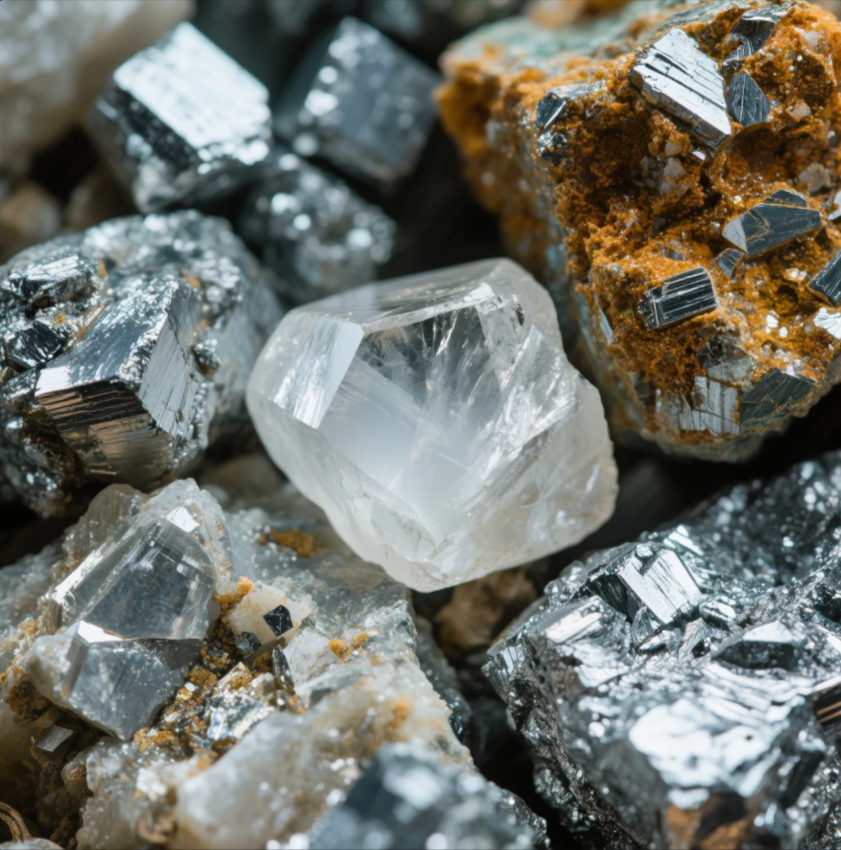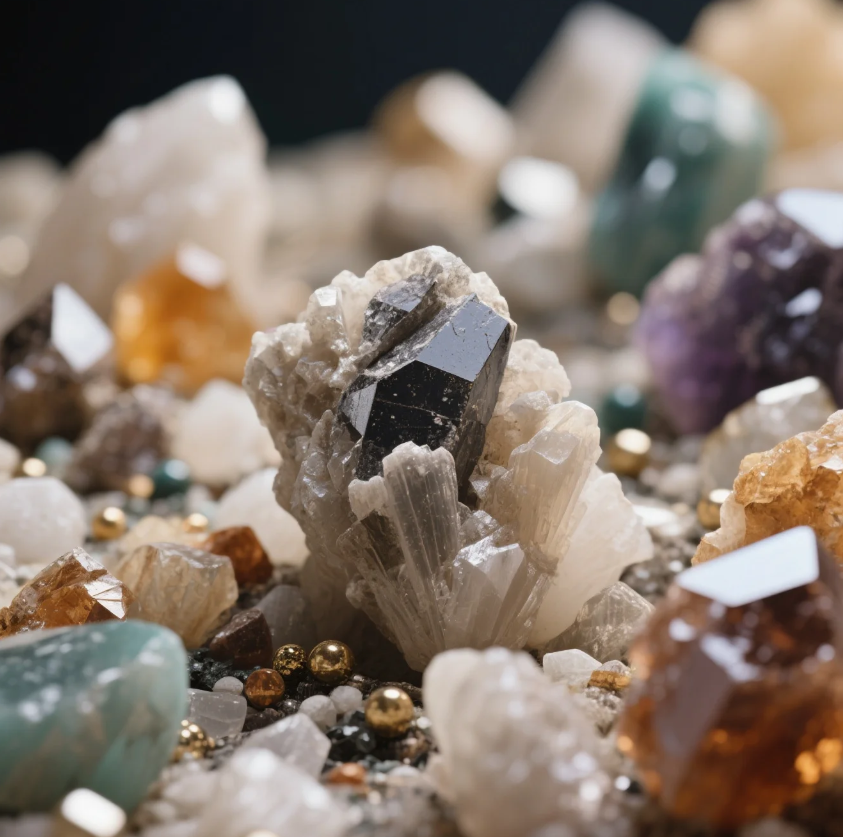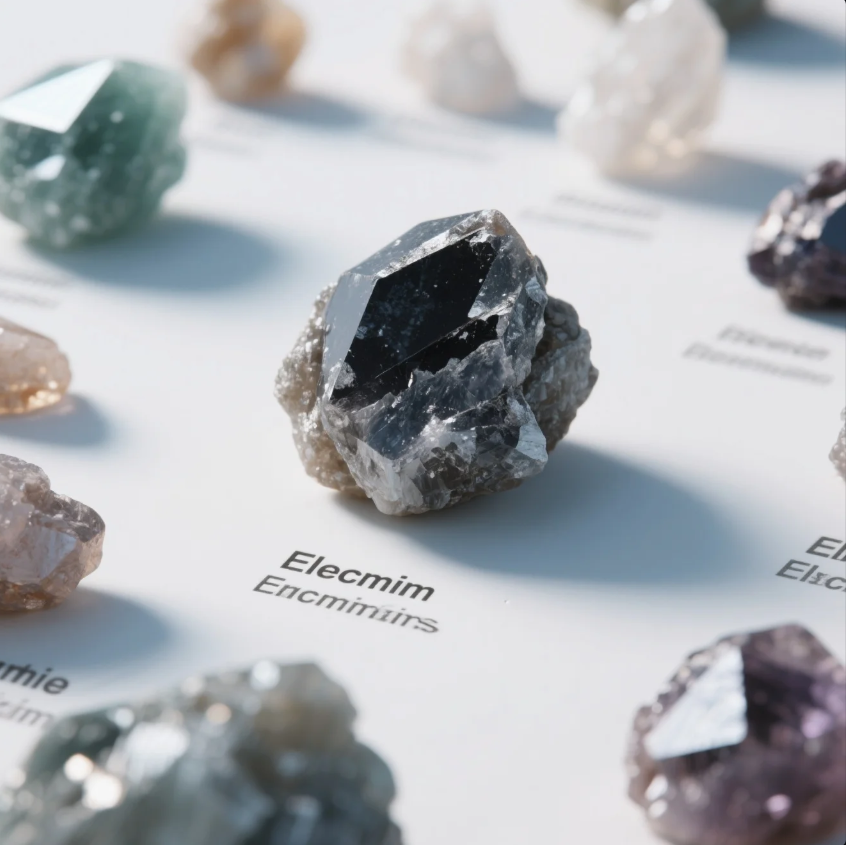What are the 7 elements of minerals?

Minerals are essential for human health, but many are often misunderstood. Learn what the seven key elements are and why they matter.
Snippet paragraph: Understanding the seven essential mineral elements can help ensure a balanced diet and optimal health.
Transition paragraph: Keep reading to learn about the different types and properties of these essential minerals.
What are the 7 essential minerals?
Minerals play a critical role in our health. But what exactly are the seven essential minerals we need?
Snippet paragraph: The seven essential minerals are calcium, phosphorus, potassium, sulfur, sodium, chlorine, and magnesium.

Dive-Deeper paragraph:
These essential minerals are vital for a range of bodily functions, from bone health to nerve function. Each mineral has a specific role:
- Calcium: Supports bone health, muscle function, and nerve signaling.
- Phosphorus: Works with calcium to strengthen bones and teeth.
- Potassium: Regulates fluid balance and muscle contractions.
- Sulfur: Vital for protein structure and enzyme function.
- Sodium: Maintains fluid balance and is critical for nerve and muscle function.
- Chlorine: Works with sodium to maintain proper fluid balance.
- Magnesium: Supports over 300 biochemical reactions, including energy production and muscle function.
These minerals come from a variety of food sources, and each one has its own recommended intake level. Deficiency in any of these can lead to health problems, such as muscle cramps, bone weakness, and more.
What are the 7 major groups of minerals?
Minerals can be divided into several groups based on their properties and usage. Let's take a closer look at these groups.
Snippet paragraph: Minerals are grouped into categories such as macrominerals, trace minerals, and more.

Dive-Deeper paragraph:
The seven major groups of minerals include:
- Macrominerals: These are required in larger amounts. Examples include calcium, potassium, and magnesium.
- Trace minerals: These are needed in smaller amounts but are still crucial, such as iron, zinc, and iodine.
- Electrolytes: Sodium, potassium, and chloride are essential for maintaining fluid balance and conducting nerve signals.
- Phosphates: These help in forming bones and teeth and are important for energy production.
- Sulfur: Found in proteins, sulfur plays a role in tissue growth and repair.
- Oxygen: Oxygen itself is considered a mineral because it forms part of the Earth's crust and is necessary for respiration.
- Chlorine: Along with sodium, chlorine regulates fluids in the body.
The categories help us understand their different functions and why they’re crucial for various health aspects.
What are the seven mineral elements?
These seven mineral elements are not only essential for human health, but also for numerous environmental processes.
Snippet paragraph: Seven mineral elements are essential for bodily functions like muscle contraction, nerve signaling, and bone health.

Dive-Deeper paragraph:
The seven major mineral elements required by the body include:
- Calcium: The most abundant mineral in the human body, crucial for bones and teeth.
- Magnesium: Supports muscle and nerve function, along with DNA production.
- Sodium: Necessary for fluid balance and nerve impulses.
- Chlorine: Works with sodium to regulate fluids in the body.
- Potassium: Important for heart and muscle function.
- Phosphorus: Helps to form bones and teeth, and is involved in energy storage.
- Sulfur: Essential for proteins and enzymes, contributing to detoxification.
While they are all needed in varying amounts, together, these minerals support a variety of biological processes that allow us to function optimally.
What are the 7 properties of minerals?
Minerals are identified by specific properties that distinguish them from one another. Let’s break down these key properties.
Snippet paragraph: Minerals are characterized by properties like hardness, color, and streak.

Dive-Deeper paragraph:
The seven main properties of minerals are:
- Hardness: Refers to how resistant a mineral is to scratching. The Mohs scale is used to measure this property.
- Color: The color of a mineral can vary, but it is often used as an initial identification clue.
- Streak: The color of the mineral’s powder when it is rubbed against a surface.
- Luster: The way light reflects off a mineral's surface, which can be metallic or non-metallic.
- Cleavage: The tendency of a mineral to break along flat planes.
- Fracture: Describes how a mineral breaks when it doesn’t have cleavage.
- Specific Gravity: The density of the mineral compared to the density of water.
These properties are essential for identifying and classifying minerals. Each mineral has its own unique set, which makes them distinguishable from one another.
Conclusion
Minerals are crucial for our health, and understanding their essential elements, groups, and properties can help us maintain a balanced diet and support overall well-being.







